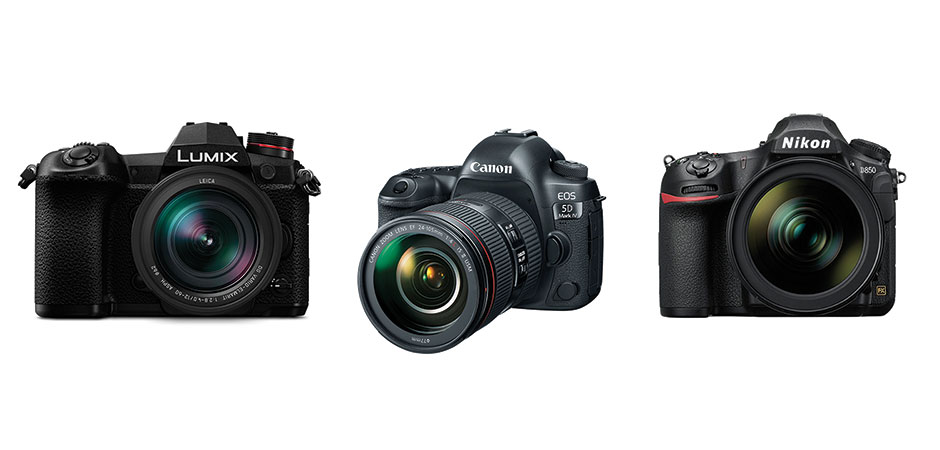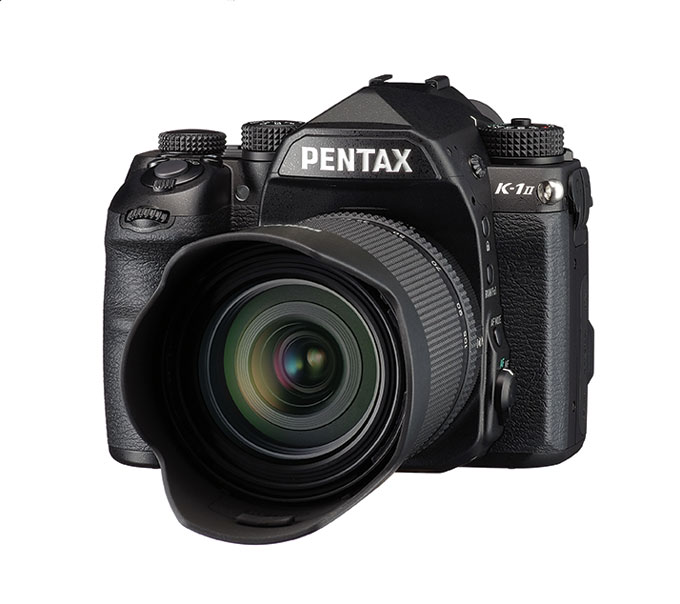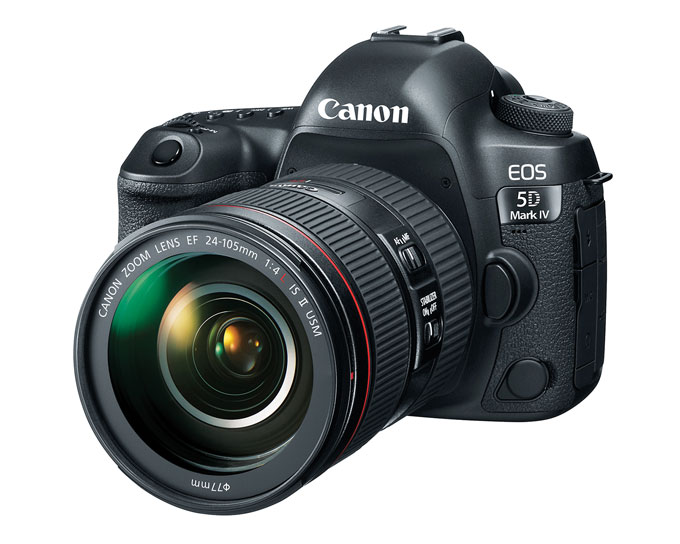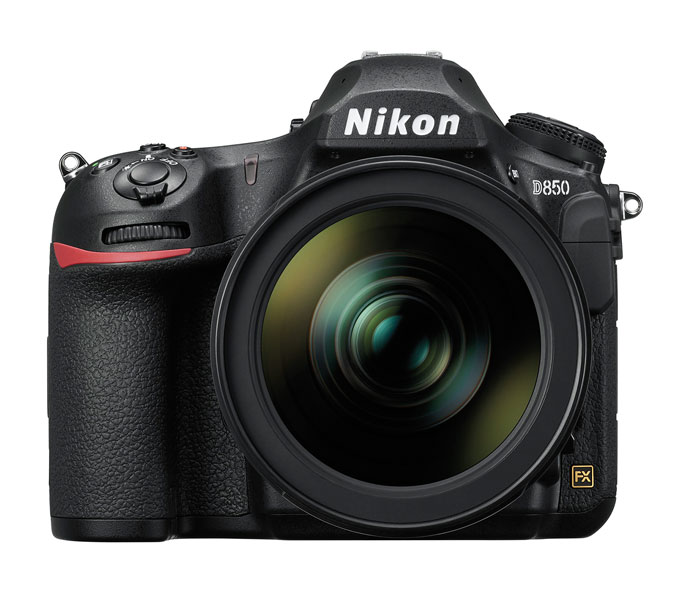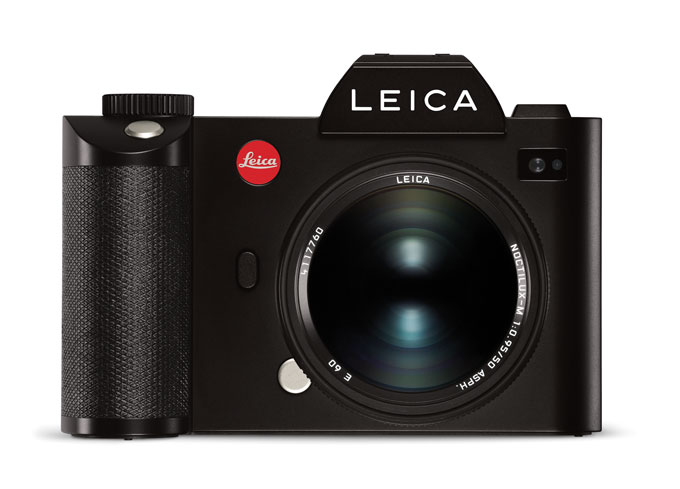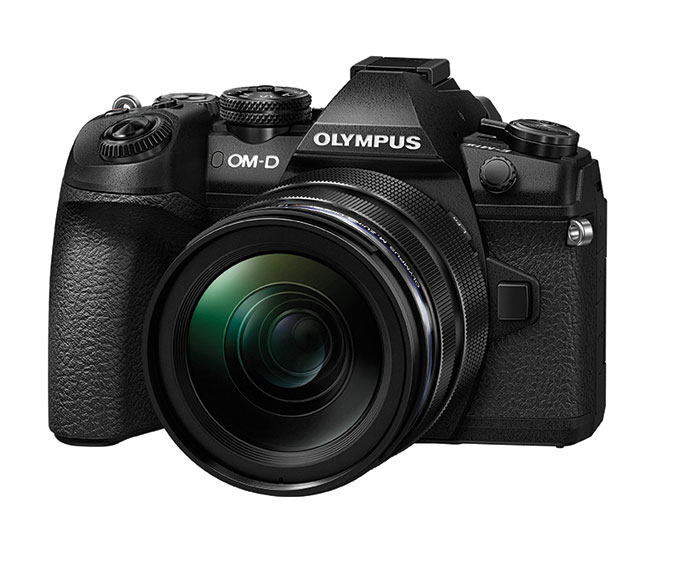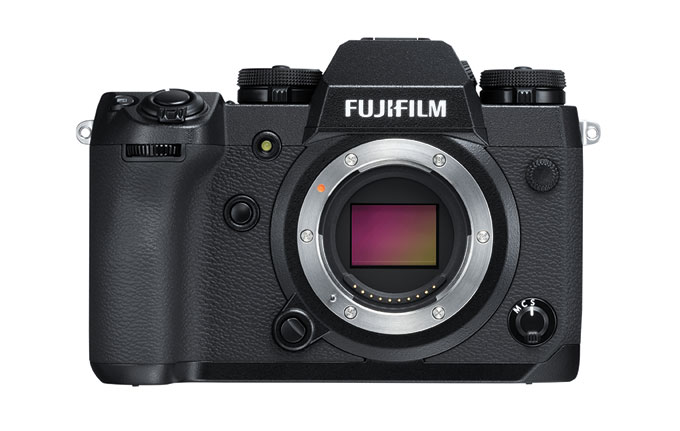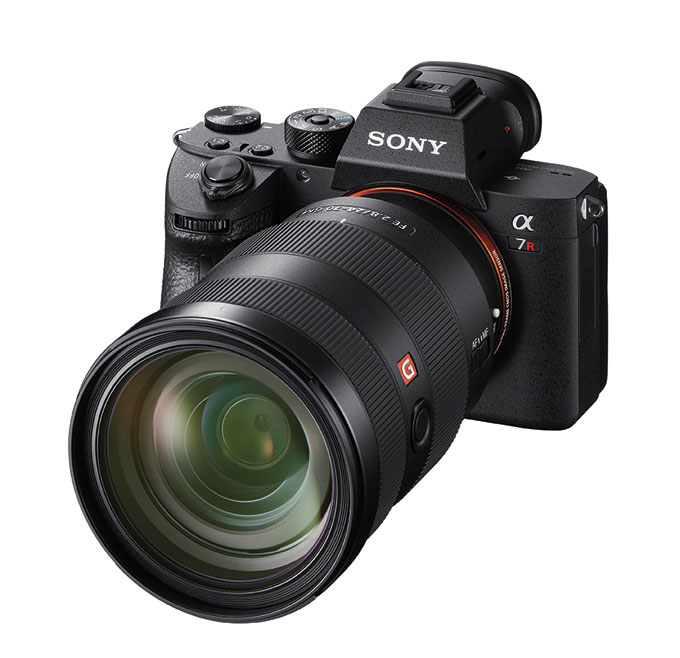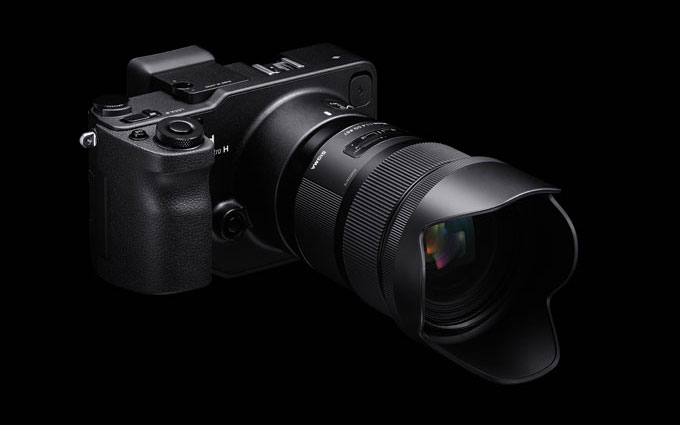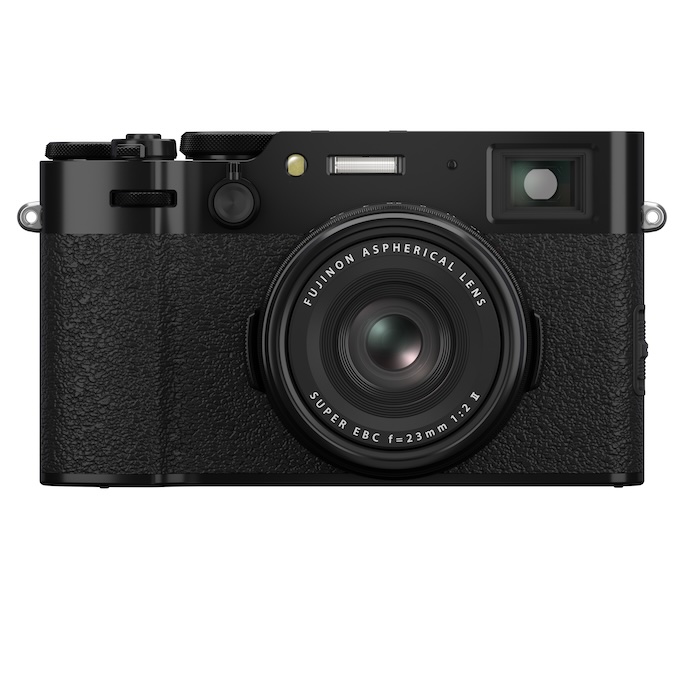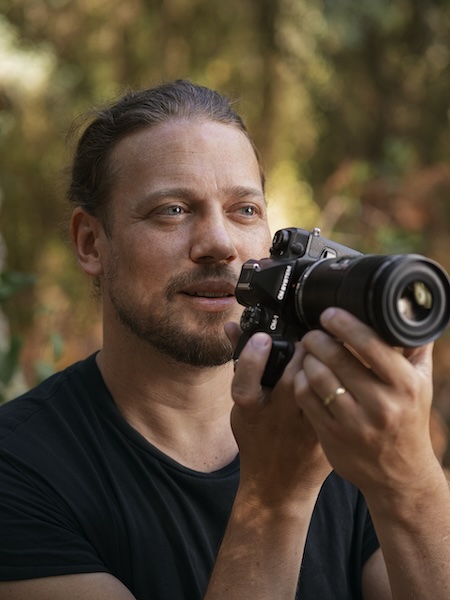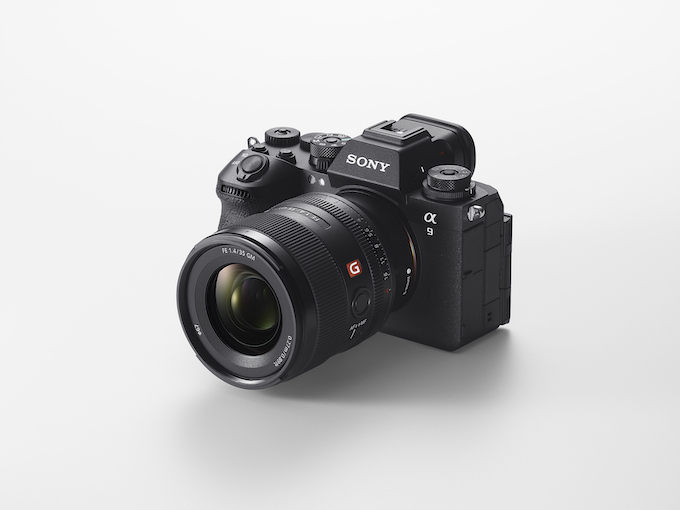Cameras
Ricoh Pentax K-1 Mark II
The Pentax K-1 Mark II features the same 36-megapixel full-frame sensor with no anti-aliasing (AA) filter as its predecessor, but the sensor now features a new accelerator unit that works with the updated PRIME IV image processor to produce high-resolution images with minimal noise up to ISO 819,200. The camera also boasts updated image-processing parameters, particularly green and blue, to produce truer-to-life colors. The K-1 Mark II is weather-sealed and dust-proof with a tilting 3.2-inch LCD display. It has a five-axis internal image stabilization system, good for up to five stops of correction, per CIPA standards. Also unchanged from the original are the video specs: the K-1 Mark II records full HD video at 30p with a stereo mic input and headphone jack.
Price: $2,000
us.ricoh-imaging.com
Canon 5D Mark IV
The Mark IV sports a 30.4-megapixel CMOS chip with a native ISO range of 100 to 32,000 (expandable from 50 to 102,400). Canon’s Dual Pixel CMOS AF technology is on hand for improved AF during video recording and live view. The Mark IV has 61 AF points (all effective at f/8 and user-selectable), including 41 cross points. The camera can meter in low light down to -3 EV when using the viewfinder or -4 EV in live view. A 3.2-inch display is fully touch-enabled, and you can record 4K video at 4096 x 2160 at either 30p or 24p in camera with an option to pull 8-megapixel stills from your 4K video files during playback. Canon sells a version of the Mark IV with a Log mode so videographers can create a flatter, more neutral video file that’s more amenable to color grading.
Price: $3,099, $3,199 (log)
usa.canon.com
Nikon D850
Nikon’s full-frame DSLR boasts a 45-megapixel backside-illuminated sensor with no optical low pass filter and a burst mode of 7 fps. You can coax a 9 fps burst mode from the camera with an accessory battery grip (the MB-D18) and the EN-EL 18b battery. The camera employs the same autofocusing system that’s found in the flagship D5 so you can lock onto fast-moving subjects. Beyond its blazing burst speeds, the D850 offers the lowest base ISO of any camera (64), giving you extremely clean images when the light’s right. Time-lapse fans can capture and compile 4K time-lapse movies in camera or 8K time-lapse movies in post. You can record 4K/30p movies without a sensor crop and full HD videos at a motion-slowing 120 fps.
Price: $3,300 (body)
nikonusa.com
Leica SL
This full-frame beast features a 24-megapixel sensor with no optical low-pass filter and a native ISO range of 100 to 50,000. It’s capable of 4K recording, offers a 3-inch display and a very high-resolution electronic viewfinder, plus a backlit display on top of the camera. Shutter speeds top out at 1/8000 second with a bulb mode option for a 30-minute exposure. It has a pair of SD card slots with support for fast UHS II memory in the first and slower UHS I cards in the second, in addition to a USB 3.0 port and HDMI output. You’ll have Wi-Fi and NFC, plus built-in GPS for geo-tagging images. Recent firmware updates have given the SL an eco mode to conserve battery life, plus the ability to deactivate the joystick control if you find yourself accidentally bumping it.
Price: $5,595
us.leica-camera.com
Panasonic G9
The G9 features a 20-megapixel CMOS sensor with no low-pass filter and a third of a stop more dynamic range than the GH5. It can crank up to 20 fps using an electronic shutter with autofocusing or up to 60 fps with focus fixed on the first frame for up to 50 RAW files. If you’re using a mechanical shutter, you’ll hit burst rates of 9 fps in AF-C and 12 fps with focus fixed on the first frame. Panasonic’s dual image stabilization system, which combines the body stabilizer with select image-stabilized Panasonic lenses, delivers up to 6.5 stops of image stabilization. While the G9 isn’t pitched as heavily toward filmmakers as the company’s GH5, it still boasts 4K/60p video recording (8-bit 4:2:0 internally and 8-bit, 4:2:2 externally via HDMI). Full HD recording is available up to 180 fps. It offers 6K and 4K photo modes to isolate high-res still images from 30 fps video bursts. There’s also Post Focus, which compiles a series of images with various focus points selected so you can compile a focus-stacked image more easily.
Price: $1,700
panasonic.com
Olympus OM-D E-M1 Mark II
Olympus was able to push continuous shooting speeds to a level on par with DSLRs costing three times as much. Using the new Pro Capture mode, you can tap the electronic shutter to start buffering JPEG and RAW images to the camera’s memory before you fully start shooting, ensuring you won’t miss a thing (and ensuring hard-drive makers a long and profitable future). The 20-megapixel E-M1 Mark II records 4K video, boasts five-axis image stabilization and a 50-megapixel high-res shot mode to coax even more detail from your images. A recent firmware update has given the camera a smaller AF target area, a larger buffer in Pro Capture mode (from 14 to 35 images), and a Bleach Bypass art filter, along with a few extra new features.
Price: $2,000
getolympus.com
Fujifilm X-H1
The X-H1 is Fujifilm’s first camera with in-body image stabilization, delivering five-axis correction when paired with XF and XC lenses and up to 5.5 stops of shake reduction, per CIPA standards. Beyond the stabilizer, the X-H1 features a 24.3-megapixel APS-C-sized X-Trans CMOS III sensor and X-Processor Pro image-processing engine. It offers a native ISO range of 200 to12,800 with expanded settings of 100, 125, 160, 25,600 and 51,200. The X-H1 can fire off 14 fps when using the electronic shutter or 8 fps with a mechanical shutter. You can increase mechanical shutter shooting speeds to 11 fps using the optional battery grip (VPB-XH1). It features a weather-resistant body that uses a magnesium alloy that’s 25 percent thicker than the X-T2’s body. You can record 4K at 4096 x 2160 at 24p with 12 stops of dynamic range using the Fuji F-Log color profile. Full HD can be captured at up to 120 fps.
Price: $1,900
fujifilmusa.com
Sony a7R III
Much like the D850 did for DSLRs, Sony’s a7R III breaks new ground by delivering high-resolution and high-speed shooting in a single body. The camera uses the same 42-megapixel sensor that’s found on the a7R II but literally doubles its continuous shooting speed—from 5 to 10 fps. The speed boost is courtesy of a new front-end LSI and updated processor. Like the previous model, the a7R III has a five-axis in-body stabilizer that’s been tweaked to deliver up to 5.5 stops of correction. It features a back-illuminated Exmor R CMOS image sensor, with no optical low-pass filter, that utilizes a gapless on-chip lens design and anti-reflective coating on the surface of the sensor’s seal glass, which Sony says helps to improve light collection for lower noise and higher dynamic range, up to 15 stops. The camera has a native ISO range of 100 to 32,000 (expandable from 50 to 102,400). The AF system is also improved. It features 399 focal-plane phase-detection AF points that cover approximately 68 percent of the image area in both the horizontal and vertical directions. There are now 425 contrast AF points, compared to just 25 on the a7R II.
Sigma Photo Quattro H
The Quattro H features an APS-H-sized Foveon image sensor capable of delivering the equivalent of a 51-megapixel image. The Quattro H accepts Sigma’s Global Vision lenses (Art, Contemporary and Sport). The native ISO range of the camera spans from 100-6400. You’ll be able to coax more dynamic range and resolution from your images using a “Super-Fine Detail” mode that captures seven different exposures with one shot and merges them into a single image. FYI filmmakers: the camera can’t record video. Firmware released at the end of last year has improved the image quality of photos on the rear display and viewfinder.
Price: $1,099
sigmaphoto.com
Related: Lecia Adds a Pair of Potent Primes for SL Mirrorless Cameras
Canon Updates 70-200mm Workhorse Lenses
Hands-On Review of Tamron’s 100-400mm Lens

